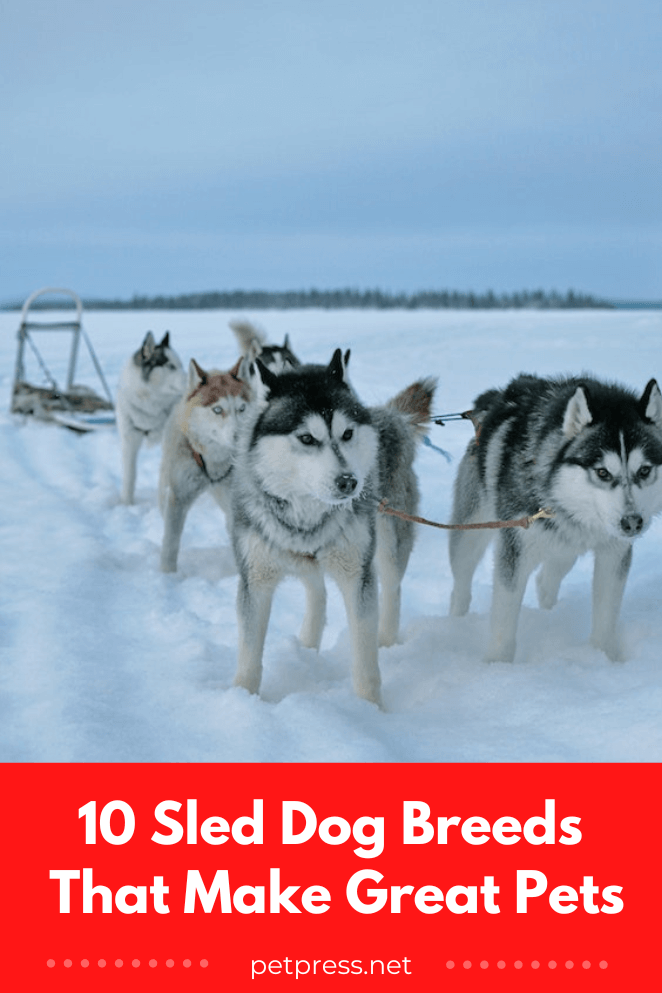
From sledding around the North Pole to sledding down the mountain slopes, sled dogs have been beloved companions of winter sports enthusiasts for centuries.
These hardy canine companions come in a variety of breeds depending on their purpose and environment.
Huskies, Alaskan Malamutes, and Samoyeds are some of the most popular sled dog breeds across many regions.
They possess thick fur coats that help them withstand colder climates and maintain body temperature while they work. Additionally, these larger sled dog breeds often have webbed feet which gives them better traction on snow and ice surfaces.
Smaller sled dog breeds, such as the Siberian Husky, have been bred for shorter sled races. Their small size makes them lighter and easier to maneuver.
With a variety of sizes and temperaments, sled dog breeds provide a great option for anyone looking for furry companionship during winter activities.
So if you’re ready to take your sledding fun to the next level, consider bringing along one of these resilient sled dog breeds!
What breeds of dogs are used for sled dogs?
1. Alaskan Malamute:

This large sled dog is a sled-pulling powerhouse, bred by Alaska Native peoples for over 6,000 years to help haul heavy loads over vast distances in extreme temperatures.
They have a dense double coat of thick fur and powerful muscles that make them well-suited for sledding and other outdoor activities.
The average lifespan of an Alaskan Malamute is around 10-12 years.
It is also one of the prettiest dog breeds as they have beautiful fur.
2. Alaskan Husky:
This sledding breed is not to be mistaken with the Siberian Husky, though they were bred from a mix of both sled dog breeds.
They are more athletic and leaner than other sled dogs. Theycan reach speeds up to 20 miles an hour when sledding! Their average lifespan is 10-14 years.
3. Siberian Husky:
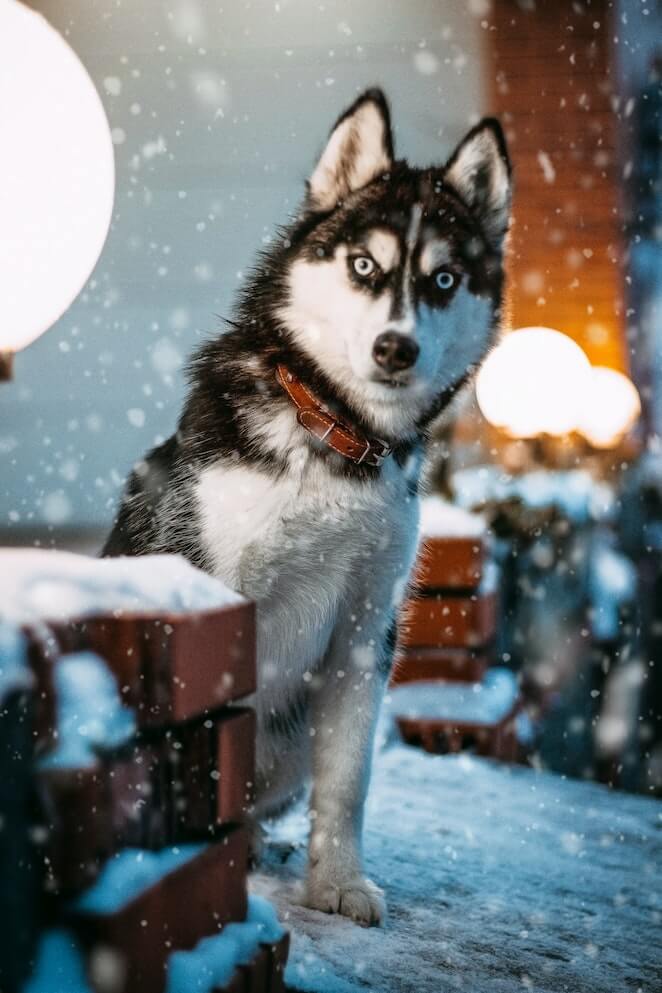
Another sledding breed from Siberia. These dogs are known for their beautiful blue eyes and thickly feathered coats–perfect for keeping the cold at bay!
Due to their thick fur, they are not meant to live in hot places as they might fall ill due to it.
They are incredibly strong and can pull up to 3 times their own body weight on sleds with ease. They have a lifespan of around 12-15 years.
4. Greenland Dog:
Bred by the Inuit people of the Arctic Circle, these sled dogs are well adapted to cold climates. They have a thickly furred double coat that helps them stay warm in the snow.
They have an average lifespan of 12-15 years and are known for their strength and endurance on sled teams.
5. Samoyed:
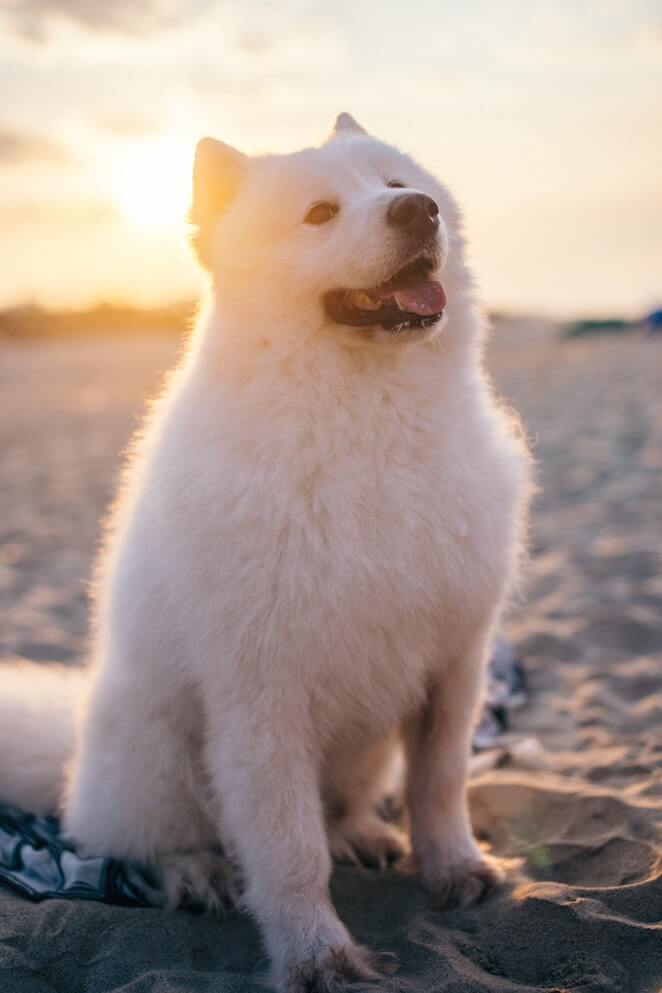
Another sledding breed from Siberia, this beautiful white sled dog was bred to pull sleds and hunt game in the arctic tundra.
This fluffy, friendly pup has a thick double coat. Itkeeps them warm even in frigid temperatures and has a lifespan of about 10-12 years.
Samoyed is one of the white dog breeds that looks like a walking cloud.
6. Canadian Eskimo Dog:
This sledding breed is native to Canada’s Arctic region. They were bred by Inuit people to pull sleds through the frozen tundra.
These powerful dogs are strong enough to tow up to 500 lbs on sleds over distance. They are gentle with children at home! The average lifespan for a Canadian Eskimo Dog is around 10-14 years.
7. Yakutian Laika:
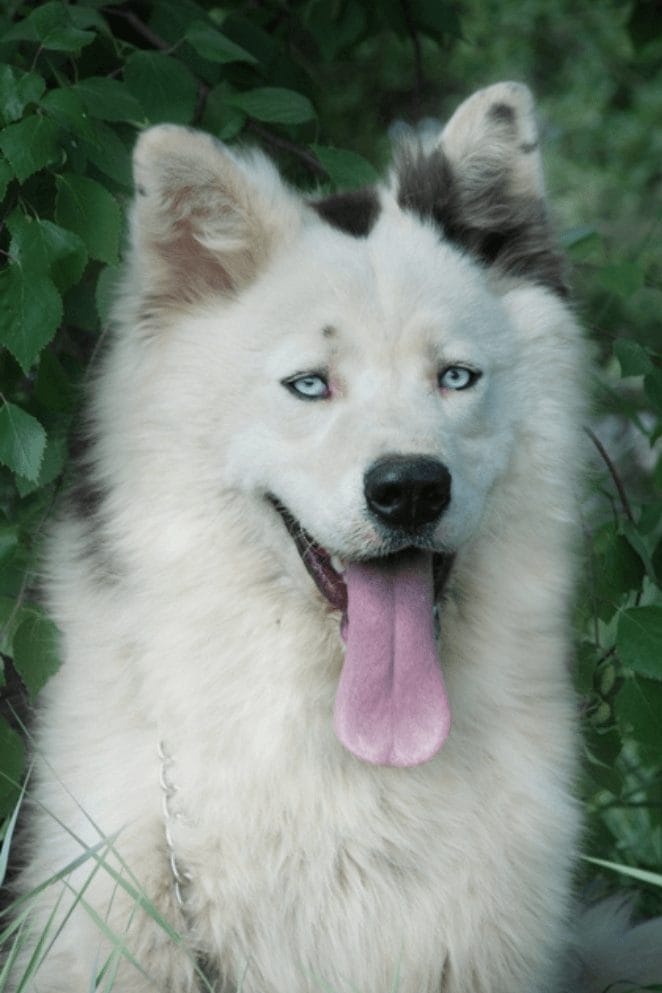
Originating in Russia, the Laika sled dog is a hardy Arctic sledding breed that can endure long distances and harsh winters.
They have a thick double coat and powerful muscle structure, making them great sled pullers. The average lifespan for a Laika is 10-12 years.
8. Chinook:
This sledding breed hails from New England. Bred as a companion dog that could also help out on sled teams when needed!
They are friendly and loyal, yet powerful enough to tow over 600 lbs on sleds with ease. The average lifespan of a Chinook is 12-15 years.
9. Alaskan Klee Kai:
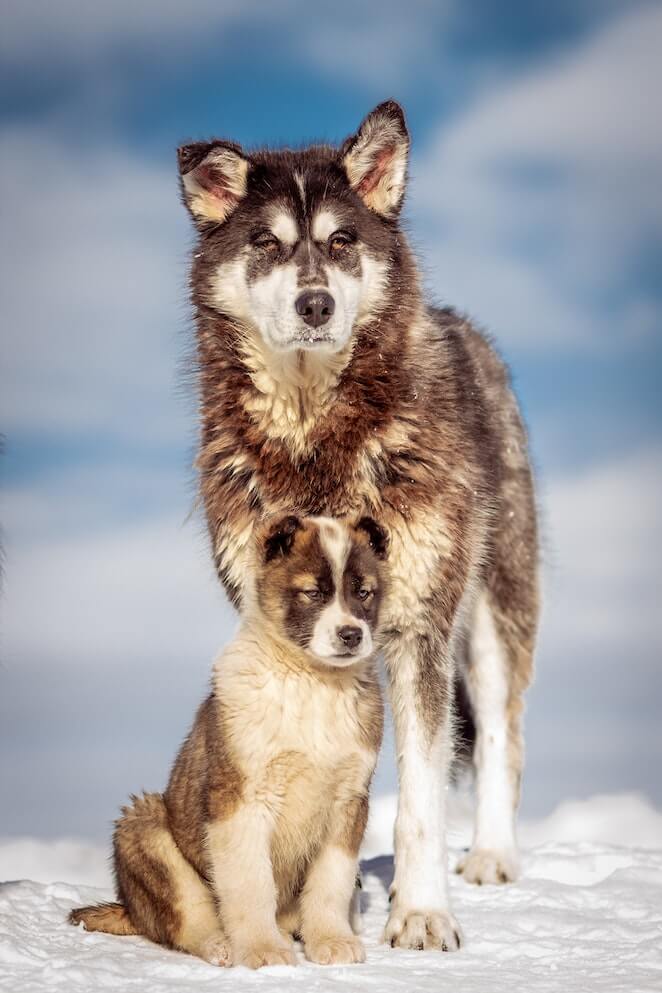
A newer sledding breed, the Alaskan Klee Kai is a mix of sled dogs and northern spitz breeds. They are bred as companion dogs.
They have a thick double coat to keep them warm in cold climates. They can pull sleds up to 200 lbs with ease. The average lifespan of an Alaskan Klee Kai is around 12-15 years.
10. German Spitz:
These sledding pups are related to the Laika breed, but are smaller with longer legs! They were bred for sledding in Germany and were also used for herding sheep.
This friendly pup has a thick fur coat that helps it stay warm in colder temperatures. It has a lifespan of 10-12 years on average.
Takeaway
With their thick coats and sledding abilities, sled dog breeds are well-suited to cold climates.
Their friendly personalities and hardworking natures make them great companions both in the sled team and at home!
Whether you’re looking for a gentle family pet or a powerful sledding breed, one of these ten sled dogs may be just what you need.
Happy sledding!


GIPHY App Key not set. Please check settings